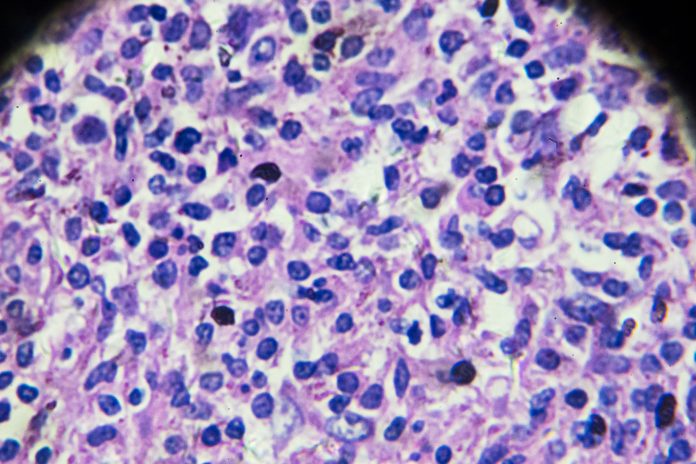
Research from a study including more than 9,000 women, led by pregnancy diagnostics biotech Mirvie, has uncovered distinct subtypes of blood pressure–related disorders of pregnancy including preeclampsia.
The researchers identified several RNA signatures that characterize both severe and mild blood pressure disorders of pregnancy months ahead of symptoms occurring, as well as validating a test developed by Mirvie to predict preeclampsia before symptoms occur.
Preeclampsia can affect as many as 1 in 12 pregnancies. It usually develops after the 20th week of pregnancy and is characterized by high blood pressure, protein buildup in the urine, swelling of the extremities or face, headaches, blurred vision, and breathing difficulties. It varies in severity, but extreme cases can cause kidney, liver, or brain damage.
“By the time a patient is symptomatic, it’s a race against the clock to try to get the baby to term and not risk the mother’s health,” said Kara Rood, MD, one of the principal investigators of the study, a maternal-fetal medicine physician and clinical associate professor of obstetrics and gynecology at The Ohio State University Wexner Medical Center, in a press statement.
“Current guidelines are not helping us identify which patients are truly at high risk and we need better tools. Mirvie’s preeclampsia risk prediction test can now improve risk assessment, helping women and their care teams be informed and take actions with the potential to delay onset or prevent the disease.”
The research study completed enrollment in 2023 and the cohort is geographically, racially, and ethnically diverse. The researchers used blood samples to study gene expression using RNA transcriptomics technology.
As reported in the Nature Communications paper describing the work, the team saw distinct subtypes of conditions such as preeclampsia defined by RNA profiles. For example, changes in expression of the placentally expressed gene PAPPA2 predicted severe preeclampsia in women who did not have other high-risk factors months ahead of symptoms. Overexpression of this gene also predicted early delivery.
The team also found that less severe forms of preeclampsia were characterized by changes in expression of immune-related, as opposed to placental-related genes.
The Mirvie blood test for preeclampsia was also validated in the study and was able to identify 91% of pregnancies that will later develop preeclampsia in women ages 35 or older with no pre-existing high-risk conditions. It was also able to rule out preeclampsia in 99.7% of women who had a low-risk result from the test.
“Molecular subtypes create new opportunities to apply precision-based medicine in maternal health,” concluded the authors of the study.
“A simple, stand-alone blood test to identify pregnant individuals at increased risk of hypertensive disorders of pregnancy, months in advance of symptoms, is expected to motivate the prescription of and adherence to existing, evidence-based interventions to improve outcomes.”









![Best Weight Loss Supplements [2022-23] New Reports!](https://technologytangle.com/wp-content/uploads/2022/12/p1-1170962-1670840878.png)




